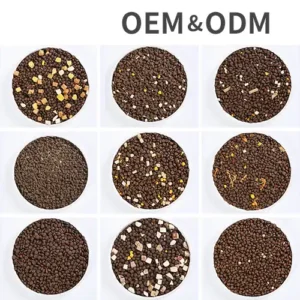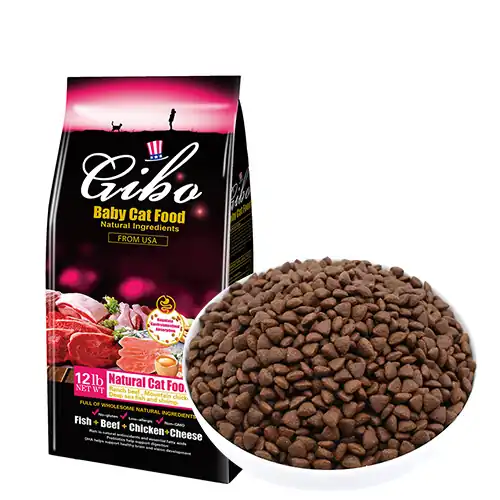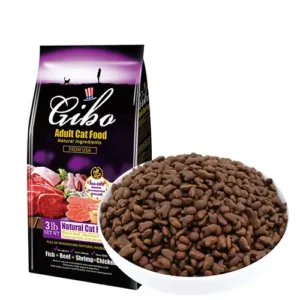Are you a new kitten caregiver? In addition to protein, fat and vitamins, what else can kittens eat during their kittenhood? What are the top 3 foods you should never touch? This article contains all the important points of kitten feeding, you must bookmark it!
If you want your kitten to grow up quickly, you need to prepare the right diet for your kitten. Nutritional status during the growth phase will affect future health, so laying a good foundation as a kitten will lead to a healthy cat life!
Kittens are kittens until they are 12 months old.
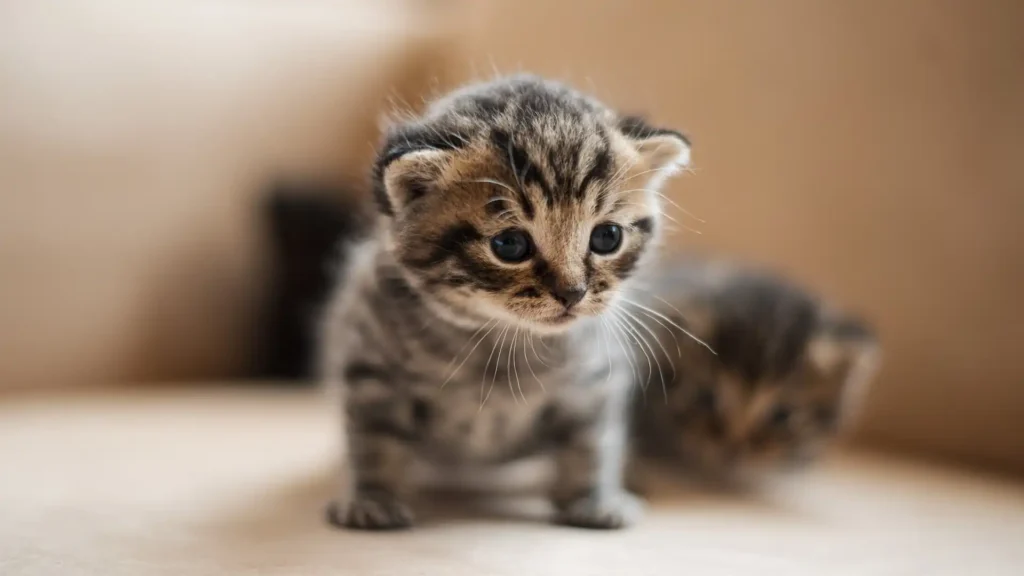
From birth to 6 months of age, kittens are busy growing at a rapid pace, and while a half year old kitten may look mature on the outside, it’s still working hard to develop on the inside. So until they celebrate their first birthday, kittens’ bodies need specialized and complete nutrition in order to grow properly!
Where do kittens get their nutritional needs? From birth to 4 weeks of age, kittens receive the perfect milk from their mother that has evolved over tens of thousands of years to be the most suitable for baby cats. However, as kittens are gradually introduced to soft feeds or mother’s milk mixes at 4 weeks of age, and weaned from their mother’s milk at 2 months of age, the responsibility of providing a proper diet for their kittens rests with the owner!
Key Points for Feeding Newborn Kittens from 0 to 1 Month
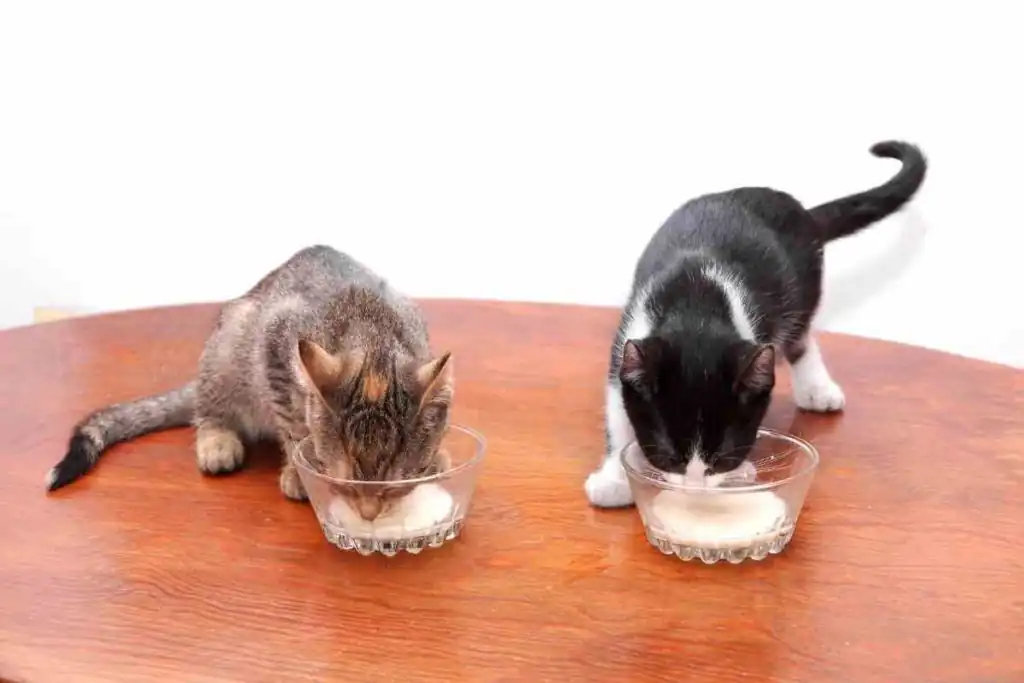
At this stage, kittens are not yet weaned, and mother’s milk is the best food for them, as it has sufficient nutrition, energy and antibodies from the mother. If mother’s milk cannot be fed, special milk powder should be chosen, and fresh milk should not be fed, as kittens are unable to digest too much lactose, and too much lactose cannot be absorbed, which will cause diarrhea in kittens. Laying a good foundation is the only way to help your kitten grow strong and healthy for the next stage of its growth!
Feeding tips for kittens at the 1-2 month weaning and tooth replacement stage
At this stage, kittens can slowly prepare some weaning food, but since the stomach and intestines have not yet fully developed their digestive functions, it is recommended that you prepare mousse-type canned food specifically for kittens, or digestible kitten-specific feeds with small granules, etc. You should adopt a gradual approach to help your kitten adapt to food.
Key points for feeding kittens between 4 and 12 months of age during the moulting and growth period
Between 4 months and 1 year of age, kittens’ bones and muscles are developing rapidly, so balanced nutrition is very important. Kittens can eat solid food at this time, but kitten-specific feed or canned food should be used as the mainstay in order to get the complete nutrition that kittens need.
Nutritional Requirements for Kittens: Adequate nutrition is most important for kittens to grow well!
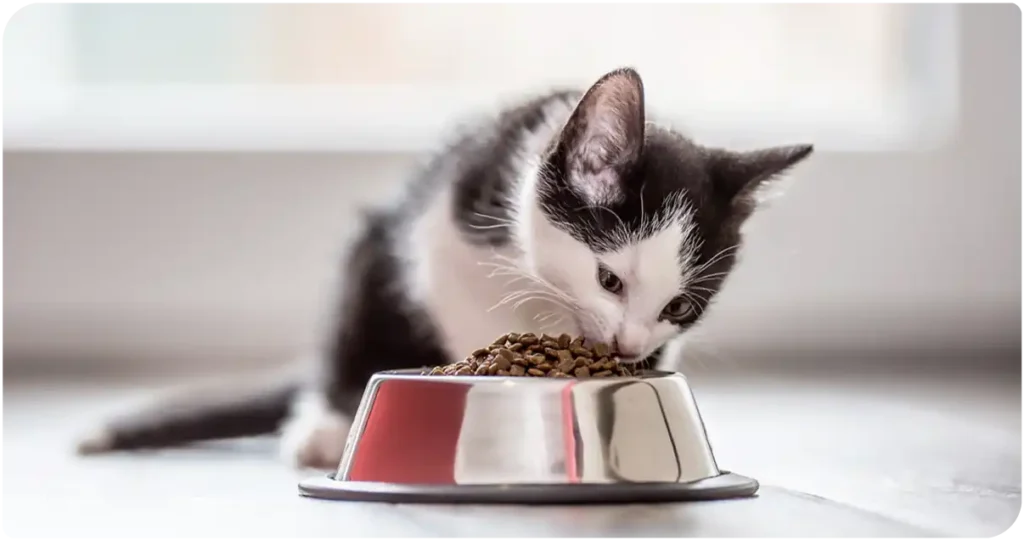
From 0-1 years of age is an important stage in building a cat’s physique. Not only do they need to eat well and sleep well, the food they eat must also be nutritionally balanced. Protein and fat are the energy and nutrients kittens need to grow, and can help with muscle growth; vitamins and minerals are important elements in the development of teeth and bones, and are essential.
Nutritional Requirements for Kittens 1 – Protein
Proteins are needed for the growth of muscles, fur and organs, as well as for various endocrine hormones, digestive enzymes and the production of antibodies by the immune system. Taurine is particularly important for kitten heart and vision health, but it is only found in animal proteins, so it is important to provide kittens with high-quality meat!
Kitten Nutritional Requirements 2 – Fats
Fats aid in the absorption of fat-soluble vitamins, maintain a healthy coat, and add flavor to food! Fat is also a major source of calories and can help to energize your kitten.
Kitten Nutritional Requirements 3 – Vitamins and Minerals
The proportions and levels of each element are important, and kittens have different needs than adults. For example, kittens need more calcium, phosphorus and vitamin D to build bones.
Nutritious, absorbable, and varied! 3 Key Points on What to Eat for Kittens

Growing kittens need a lot of energy, but they only have small stomachs, so their diets must be nutritious and high in calories that are easily digested and absorbed. In addition, it’s important to give your kitten plenty of experience at an early age, and to let her try dry feed and canned food as soon as possible, so she can get used to a variety of food textures and avoid picky mouths in the future.
Kitten Diet 1 – Nutrition
As mentioned earlier, kittens need nutritional focus on “protein”, “fat”, “minerals” and “vitamins”. Kitten feeds on the market that meet AAFCO nutritional standards cover a wide range of nutritional needs, and are sufficient to maintain your cat’s growth. It is recommended that you consult your veterinarian for advice on how to choose additional supplements based on your cat’s physical condition.
Kitten Diet 2 – Absorption
The gastrointestinal function of kittens is not yet fully developed, and diarrhea is relatively common in kittens. Eating too fast, eating too much, drinking too much water, and poorly digested food can all be causes of diarrhea, so when it comes to feeding kittens, food that is “well absorbed” is one of the key points in a kitten’s diet.
Kitten Diet 3 – Diversification
During the weaning period, kittens can start to try different types of food, such as dry food, wet food, etc. The more diverse the better, as this will help train the kitten not to be picky about what it eats, and trying a variety of flavors of feed will also help the slave to understand the master’s preferences, and the diversified diet will allow the cat to take in a more complete range of nutrients, and in turn, achieve a balanced nutritional intake.
How much should a kitten eat in each meal?
The frequency of feeding kittens varies according to their age, but the main principle is “small amount, many meals”. Due to the small size of kittens and their small stomachs, eating too much at one time will overstretch their small stomachs, making them uncomfortable and prone to indigestion.
Newborn kittens should be fed every 2 hours, 8 to 10 times a day. Lactating kittens should be fed 6 to 8 times a day, and growing kittens 3 to 4 times a day.
How much should a kitten eat per meal? It depends on their age and weight. It is not recommended that kittens be fed to their full capacity, as this may increase the risk of obesity or bone-related problems. If you are using kitten food or canned food, please follow the recommended feeding amount on the package and give different amounts according to different weights and ages. Alternatively, you can calculate your kitten’s caloric needs for the day and divide them into individual meals.
What are the best foods to provide kittens with extra nutrients?
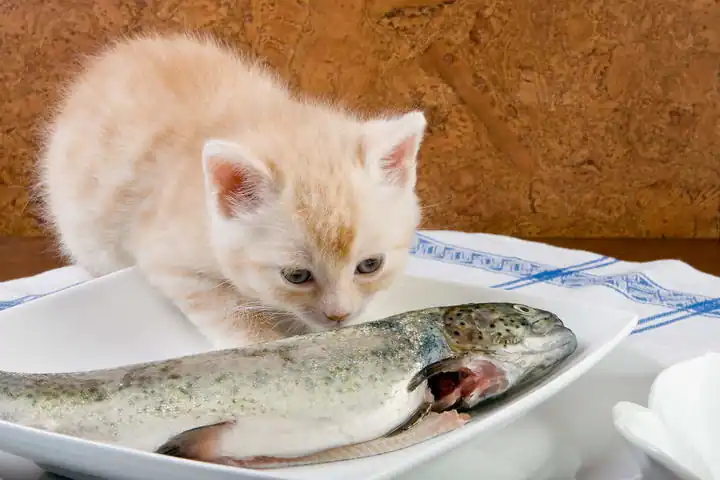
A kitten’s diet should be nutritionally balanced, and the best choice is a nutritionally complete kitten-specific canned or dry food that meets at least the AAFCO nutritional standards for kittens. If your kitten is not eating a balanced diet, you can consult your veterinarian for advice on additional supplementation to help adjust your kitten’s intake of nutrients.
One of the key nutrients for kitten growth is “protein,” and it is important to choose high-quality meat, such as chicken, duck, sea bream and salmon; olive oil, fish oil and chicken can also provide kittens with the “fats” they need to grow; seaweeds, shrimp and soybeans are rich in “minerals,” which can help kittens develop; and chicken livers, egg yolks, cauliflower and pumpkin are rich in “vitamins.
In addition, salmon is rich in Omega-3, which can stabilize your cat’s skin, coat and heart; cabbage, pumpkin and apples are good for gastrointestinal health; and carrots are rich in carotene and many vitamins, which can help with eye care. Regardless of the type of food, it is recommended that it be cooked before feeding to prevent your cat from becoming unwell. In addition, all of the foods mentioned above can be observed when choosing pet food. The most important thing is to have a balanced diet and provide your cat with pet food that meets the AFFCO nutritional standards, so that it can be fed without worrying about its health!
Beware of nasty foods and say NO to raw milk and meat!
There are many foods that seem to be good for kittens, but they are actually nasty:
Nasty food for kittens 1 – Milk
How cute is the picture of a kitten crouching next to a big bowl and licking the milk from it? But this is a false stereotype, because milk can cause diarrhea in kittens! Kittens’ intestines are not fully developed and the high concentration of lactose in milk can cause indigestion, diarrhea and even dehydration.
Feeding Nasty to Kittens 2 – Raw Foods
Many owners choose to give their kittens a raw food diet, believing that there are many benefits to eating raw food, but kittens need to be more careful. Even though raw food is natural and rich in protein, raw meat or eggs that have not been cooked can cause salmonella infections in kittens, which can lead to systemic septicemia in severe cases. In addition, raw food does not help kittens get the complete nutrients they need to grow, so it’s still recommended that they be fed with pet food that meets AFFCO standards.
Feeding Nasty to Kittens 3 – Snacks
Snacks are not completely off-limits. On the contrary, after weaning, kittens can be exposed to different flavors and textures of snacks in a timely manner, so that they are less picky about what they eat. However, it is important to pay attention to not interfering with the main meals, and to be careful about the types of snacks you choose, especially avoiding those that have heavier flavors or added starch, and suggesting that you choose non-additive, protein-based snacks that are well-digested.
The safest choice for your kitten’s diet is a certified kitten product available on the market, supplemented with nutrients as recommended by your veterinarian. After that, you can wait until your kitten reaches one year of age before choosing the right adult food for her!

